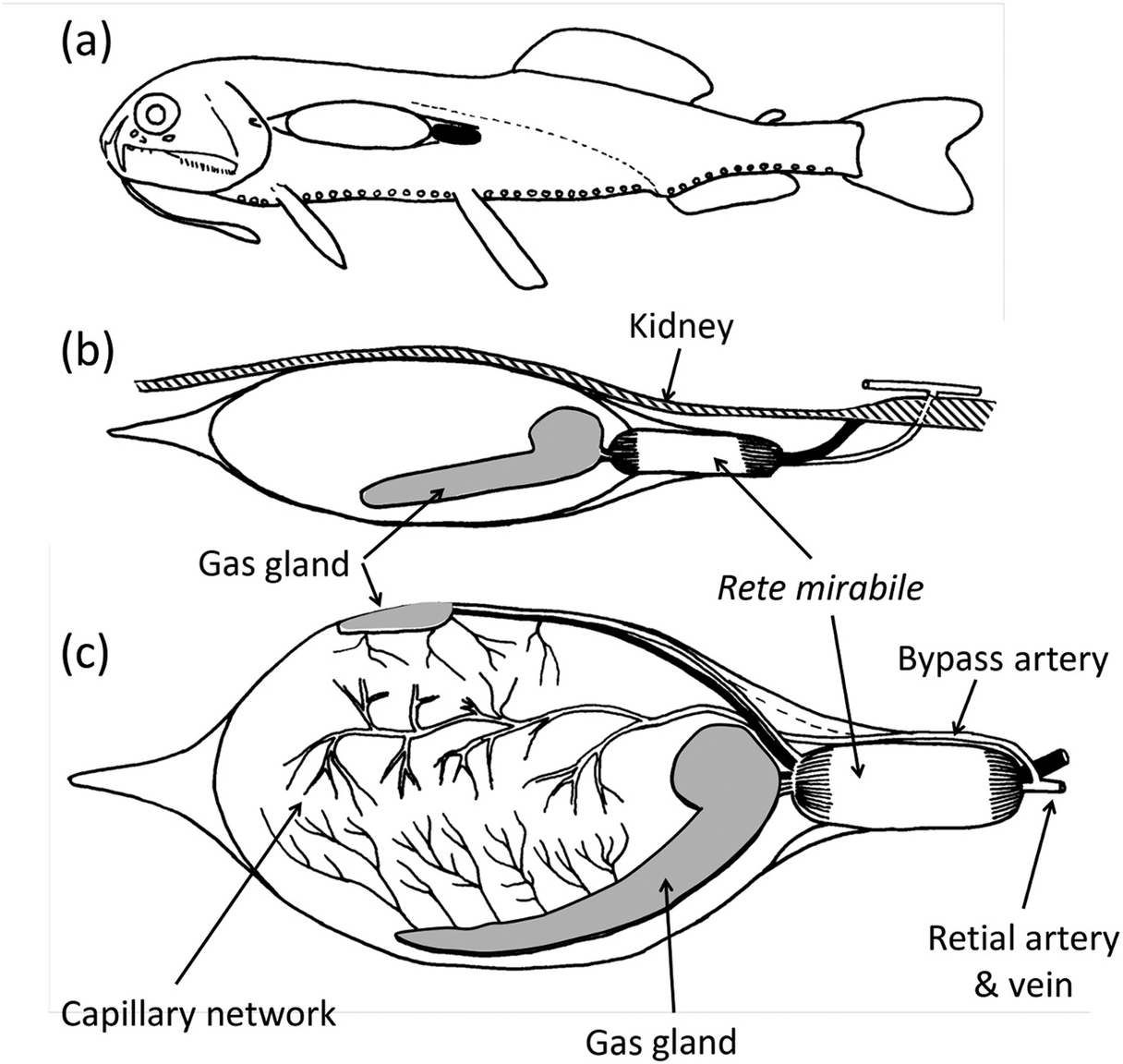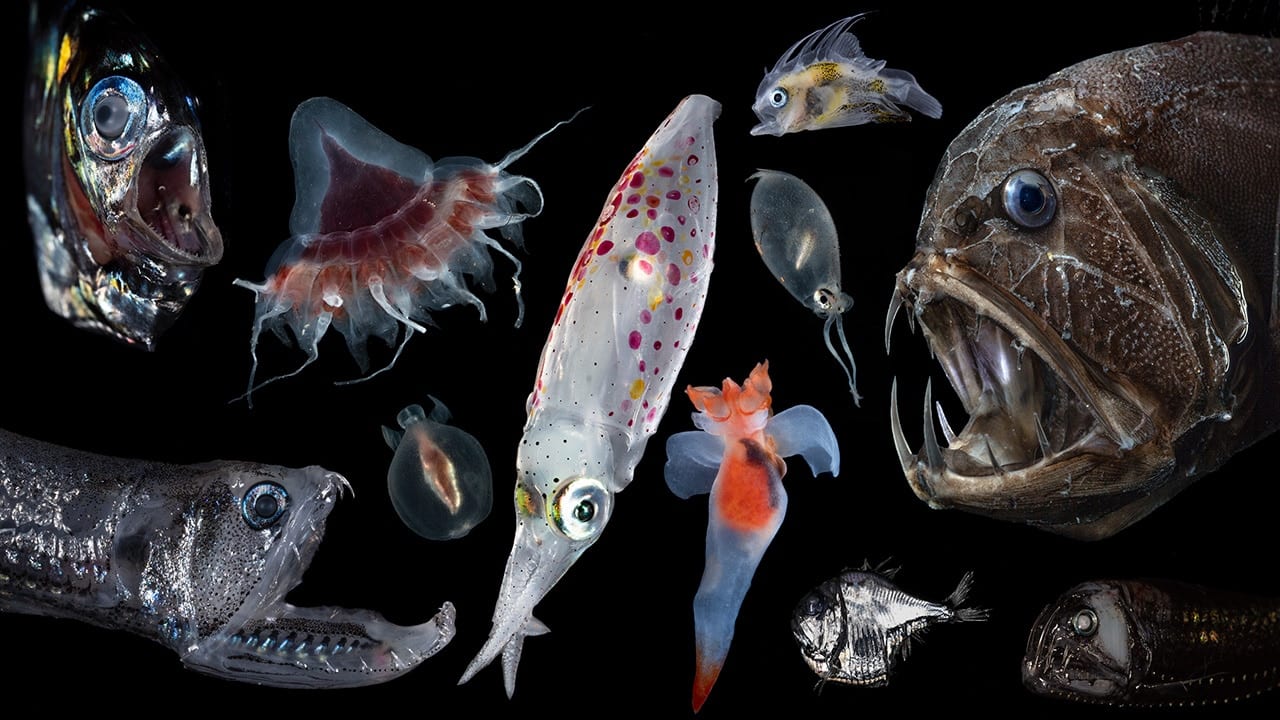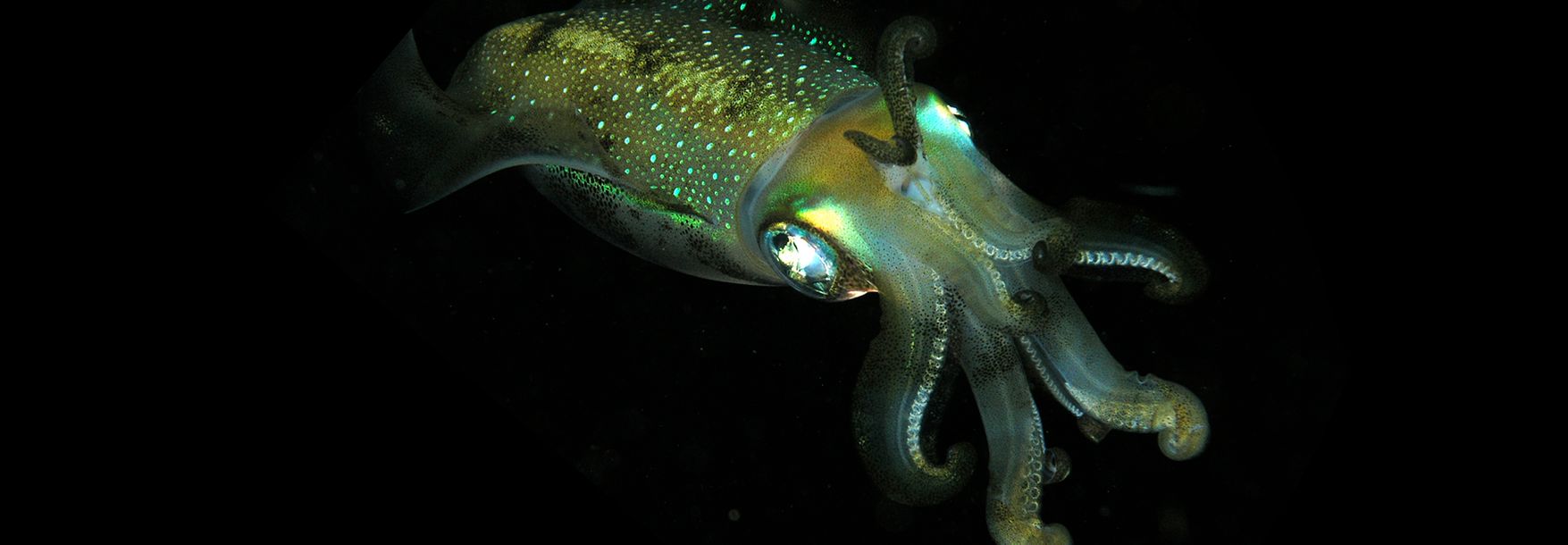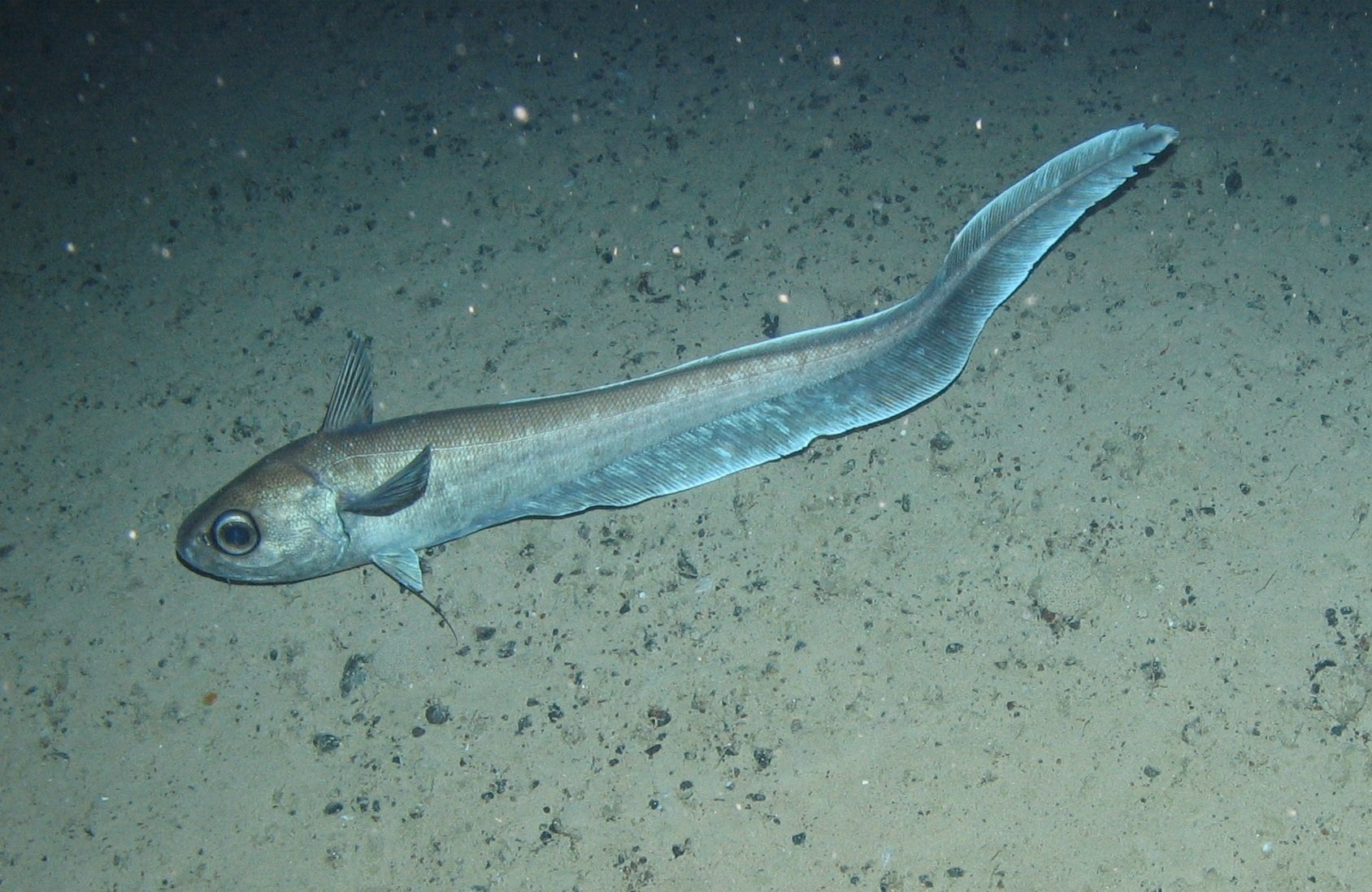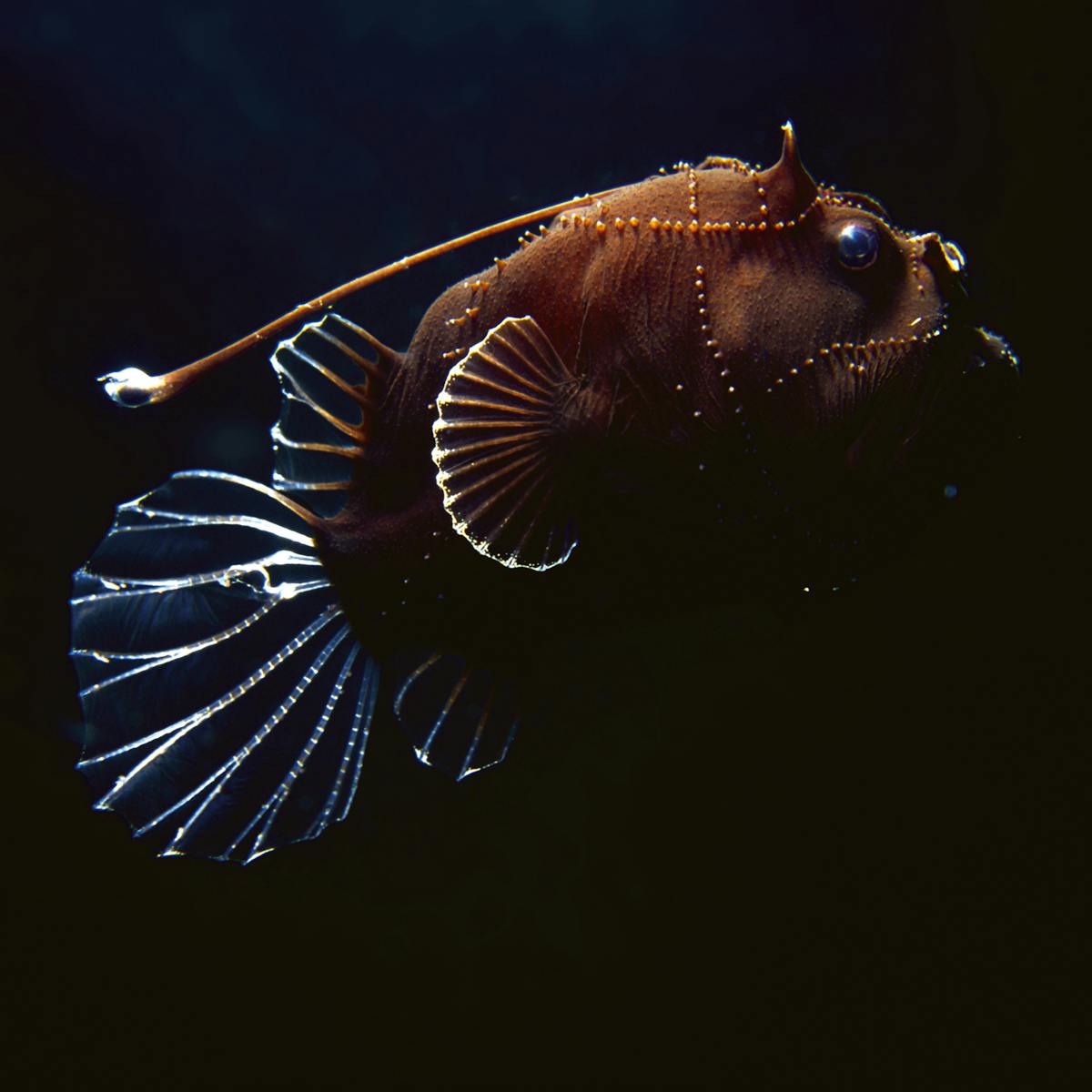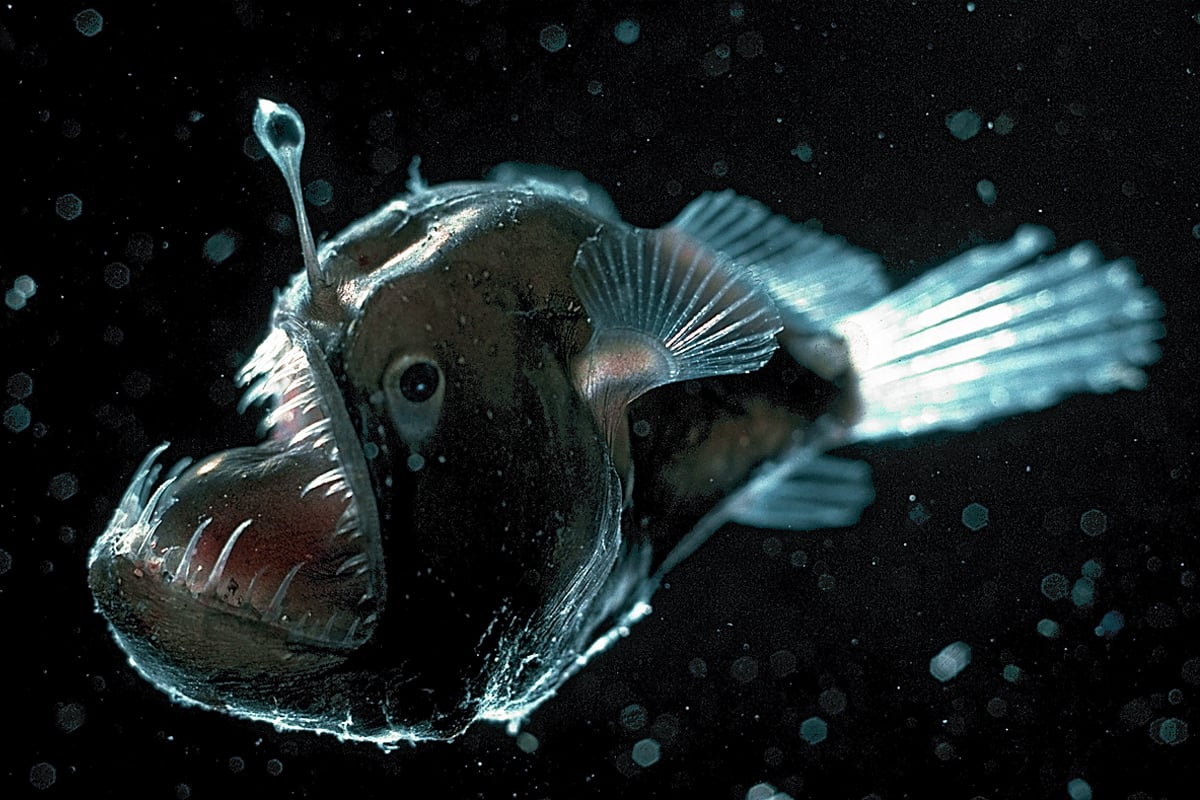Deep Ocean Animals Adaptations

4000 m 6000 m and Hadal from 6000 m and below zones Pelagic division includes Mesopelagic 200.
Deep ocean animals adaptations. Many animals make their own light called bioluminescence to communicate find mates scare predators or attract prey. Eyes contain a type of light receptor called rods. LS4 - Biological Diversity.
Animals adapt to their environments to help them survive. In some other deep-sea fishes eyes are very small as they are of little apparent use and still others are without eyes. Encourage students to think about adaptations in marine animals related to obtaining food providing camouflage or safety from predators or dealing with changes in temperature salinity pressure lack of sunlight and need for oxygen.
But deep ocean animals such as this Barreleye fish have evolved excellent eyes for seeing in near-total darkness. Deep-sea creatures are animals that live below the photic zone of the ocean. Some of the most amazing adaptations are from ocean animals like sharks jellies starfish stingrays and dolphins.
Ocean animals have unique adaptations depending on what ocean habitat they live in. The photic zone also known as the sunlight zone is the uppermost layer of a lake or ocean that receives sufficient sunlight to support aquatic plant life. Deep sea creatures have evolved some fascinating feeding mechanisms because food is scarce in these zones.
Ocean animals have unique adaptations depending on what ocean habitat they. The intertidal zone the pelagic zone and the abyss. Some of the most amazing adaptations are from ocean animals like sharks jellies starfish stingrays and dolphins.
Contains a chart for students to label the different zones of the ocean as well as a chart to keep track of different animalcreature adaptations in different zones. There are several ways deep-ocean animals survive in such an environment. Introduction to Deep Sea Adaptation.
